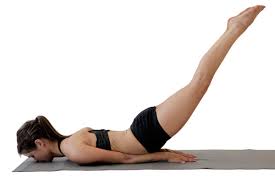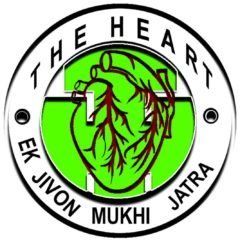Dr. Ramala Sarma
Assistant Professor
Department of Philosophy
Nowgong College: Nagaon
Age matters in whatever we do, whatever episode of our life we pass through. Be it getting admitted in an academic institute, applying for a job, getting married or having a child, age is the first and foremost condition. For age indicates different states of body and mind.
Indeed, age tells us when is the best time for the human body to perform a particular action. And acting in the right time helps you reap the best fruit of your action, while failing to do it may leave you in utter hopelessness. For some chances, unlike seasons, are not repetitive. Moreover, we cannot reverse our age!
Thus aging has often been a challenge for every man and woman. It is a process we lose our potentiality through. Particularly for the working woman, aging comes as a warning. For she has to achieve two important milestones of her life— one is attaining her femininity in the fullest sense of the term and the other is reaching the pinnacle of her career height. Both often require her to strive for in sync. As a result, success in one quite often leaves a negative impact on the other.
It is not a rare case when a woman professional gets to hear from her physical consultant that her uterus is not working well due to aging. It is probably the worst verdict from the physician to any mom aspirant who is likely to suffer the loss for no fault of hers.

However, every challenge has its own way out. A working woman can achieve both her goals with a little care and a bodily discipline as well. Well, she cannot stop aging, but she can keep her body healthy so it can withstand the cruelty of aging. A good food habit coupled with regular practice of yogasana and pranayama could be handy for her.
Of the many asanas, Bhujangasana and Salabhasana are the two that help keep the uterus healthy. The steps of these asnas along with other benefits that they offer are given below—
Bhujangasana (snake pose):
Bhujanga is a Sanskrit word for snake. This posture resembles a snake with its hood raised.
Steps: Lie on the chest and stomach. Put the legs together and straight with the toes touching the ground and pointing backward. Now bending the arms at elbow, place the palms on the ground one foot apart from the chest. Then while inhaling, slowly raise neck, chest and then belly with the dignity of a cobra. While exhaling, go back to the original position.
Breathing and duration: Breathe normally and practice it for 15-20 seconds.
Benefits: This asana works as a blessing for the women. It heals uterus-related diseases and cures monthly cycle pain. It replenishes lost energy. It cures acidity, indigestion and waist pain. It tones up the reproductive system, the spinal cord, liver, and kidney. This asana is one of the healing asanas for high blood pressure patients.
Salabhasana (locust pose):
Steps: Lie on the chest keeping the legs straight behind. Place the palms under thighs facing downward. Rest the chin on the ground. Now raise the legs up about 45 degree from the ground without bending at the knees. Put the legs together while lifting. After a few seconds, lower them without bending at the knees.
Breathing and duration: Breathe normally and practice it for 10-15 seconds.
Benefits: Aside keeping uterus healthy, this asana also keeps abdomen, stomach, liver, pancreas and brain well working. It tones up chest and neck. It strengthens vertebral column by supplying abundant blood to it. It heals leg pain and sciatica, lumbar spondylitis and slipped disk etc.
We cannot alter the law of nature. What we can do is to go in harmony with it. Technological breakthroughs have done wonders to our life, but those are external aids. Moreover, they come at a high price unaffordable by many. Yoga— a time-tested practice— comes free to everyone. What it costs only is regularity.

